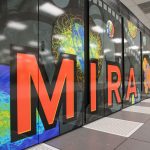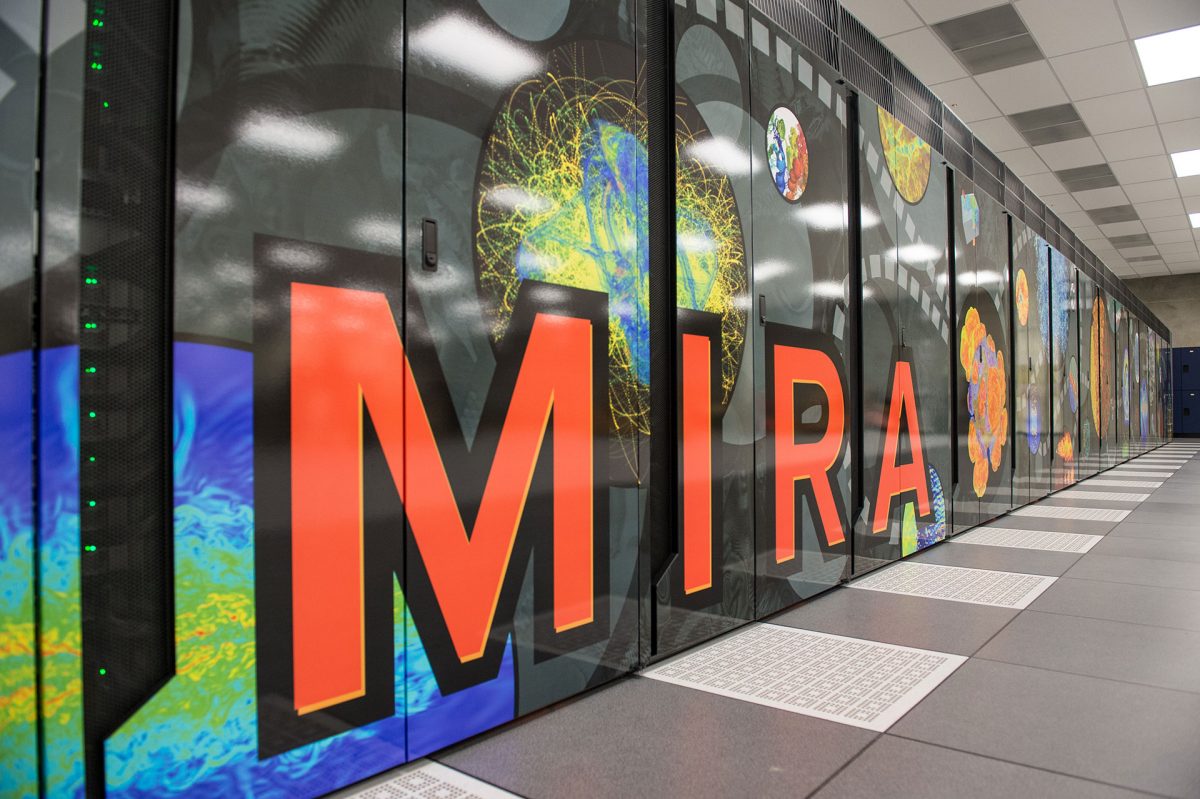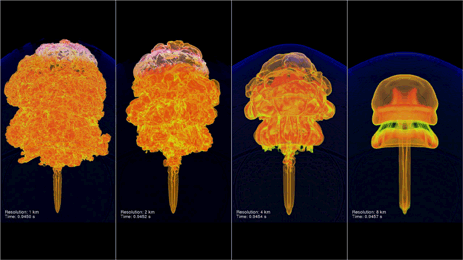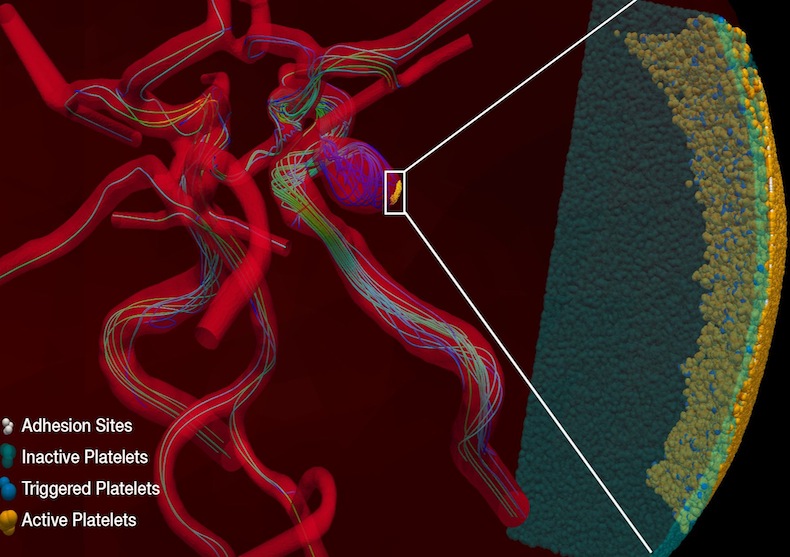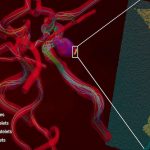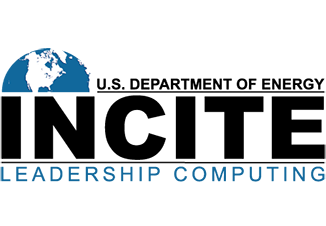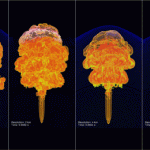
Over the next two months, ALCF’s Early Science Program projects are expected to use approximately 2 billion core-hours on Mira! These select sixteen projects are based on state-of-the-art petascale parallel applications and span a wide range of scientific fields, numerical methods, programming models, and computational approaches. The project teams have been working with ALCF staff, postdoctoral domain specialists, and IBM technicians for several months to prepare their codes to take advantage of Mira’s massive architecture. The preliminary runs are already yielding astounding results. Stay tuned!
